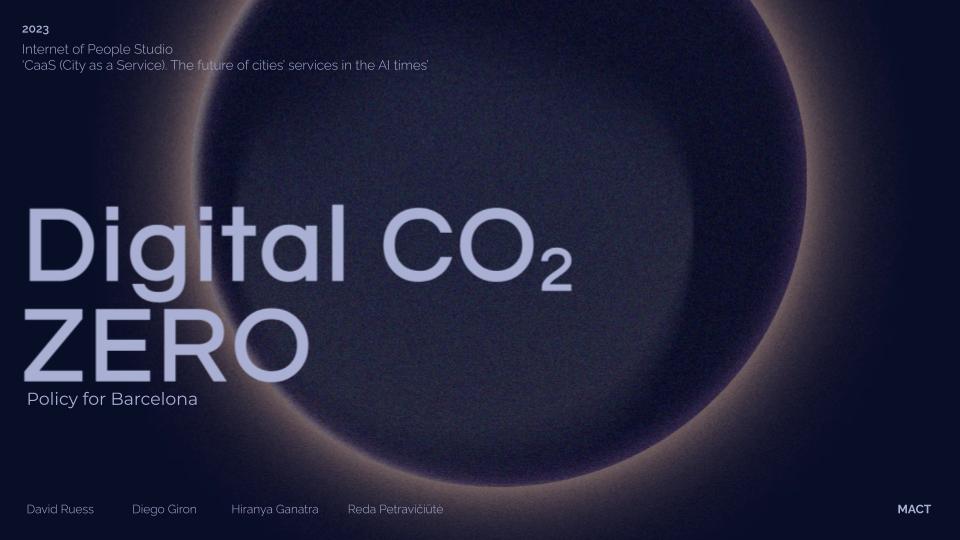Digital CO2 ZERO
The rising problem of Digital Energy consumption Recent estimates put the contribution of the information and communications Technology, the (ICT) sector – which includes the data centers, devices and networks used for at around 4 % of global Greenhouse gas emissions. A trend that is unlikely to stop, as the amount of data produced and … Read more





